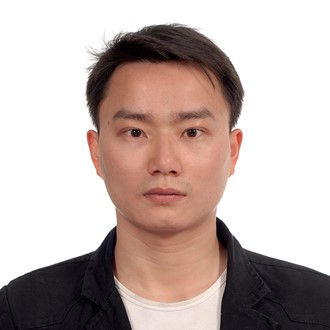Liquid Crystal Materials and Devices
A special issue of Crystals (ISSN 2073-4352). This special issue belongs to the section "Liquid Crystals".
Deadline for manuscript submissions: 20 September 2024 | Viewed by 1295
Special Issue Editors
Interests: optics; VR; AR; liquid crystal
Special Issues, Collections and Topics in MDPI journals
Interests: liquid crystal; optical modulation; photoalignment
Interests: liquid crystal; filter; spatial light modulation
Interests: liquid crystals; AR/VR/MR displays
Special Issues, Collections and Topics in MDPI journals
Special Issue Information
Dear Colleagues,
Liquid crystals (LCs) are materials that exhibit properties of isotropic liquids and solids. Since the discovery of LCs in the second half of the 19th century, LC devices have been applied in many applications, especially in the field of optoelectronics, because of these unique optical properties. A variety of phases may be exhibited, such as smectic, nematic, blue, and cholesteric. Owing to the mobility of molecules, LCs are highly responsive to external stimuli (electric fields, magnetic fields, heat, light, etc.) and are widely used in flat-panel displays, optical filters, optical lenses, smart windows, spatial light modulator, and vortex light generation and more. As LC technologies have developed enormously over the past few decades, they have come to dominate many display markets such as LC phone products, notebook computer displays, AR/VR displays, and desktop monitors and a variety of fields including medical testing, green buildings, energy conversion, life and health, autonomous driving, and space technology. LC applications have changed our lives. Despite the rapid development of this technology, the exploration and discovery of new possibilities in this field continue to inspire growth and innovation; novel LC materials, LC phase states, arrangement structures, and advanced LC devices continue to emerge. In this Special Issue, “Liquid crystal materials and liquid crystal devices”, we intend to focus on high-quality and high-performance LC materials and devices to collect papers on both display and non-display applications.
Dr. Shuxin Liu
Dr. Quanming Chen
Dr. Changli Sun
Dr. Kun Yin
Guest Editors
Manuscript Submission Information
Manuscripts should be submitted online at www.mdpi.com by registering and logging in to this website. Once you are registered, click here to go to the submission form. Manuscripts can be submitted until the deadline. All submissions that pass pre-check are peer-reviewed. Accepted papers will be published continuously in the journal (as soon as accepted) and will be listed together on the special issue website. Research articles, review articles as well as short communications are invited. For planned papers, a title and short abstract (about 100 words) can be sent to the Editorial Office for announcement on this website.
Submitted manuscripts should not have been published previously, nor be under consideration for publication elsewhere (except conference proceedings papers). All manuscripts are thoroughly refereed through a single-blind peer-review process. A guide for authors and other relevant information for submission of manuscripts is available on the Instructions for Authors page. Crystals is an international peer-reviewed open access monthly journal published by MDPI.
Please visit the Instructions for Authors page before submitting a manuscript. The Article Processing Charge (APC) for publication in this open access journal is 2600 CHF (Swiss Francs). Submitted papers should be well formatted and use good English. Authors may use MDPI's English editing service prior to publication or during author revisions.








